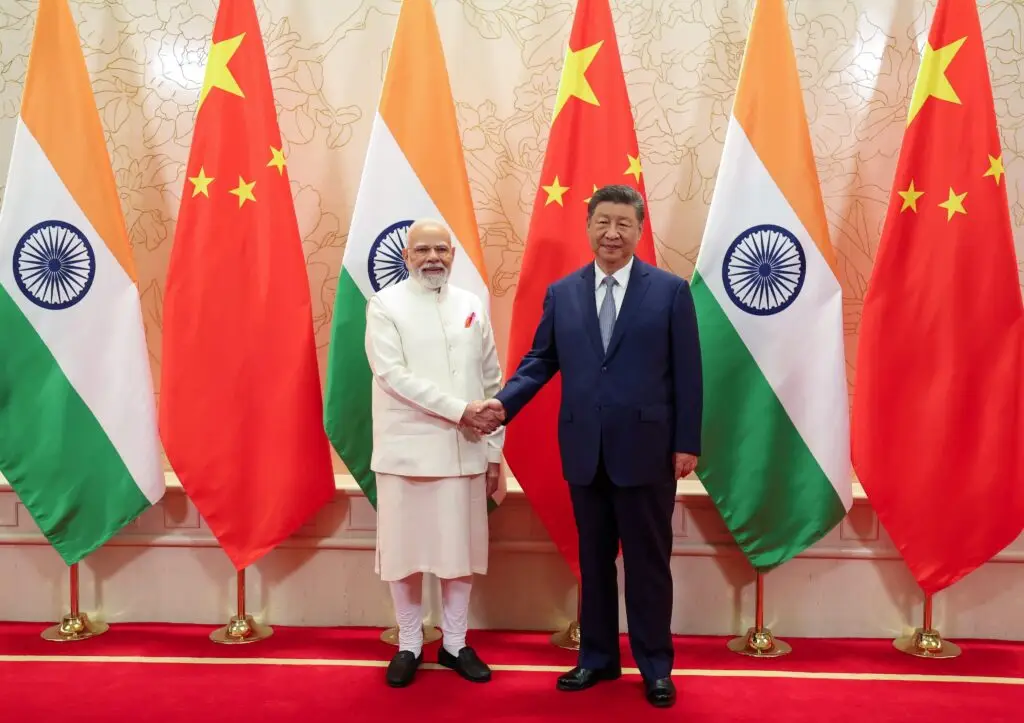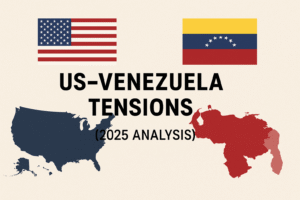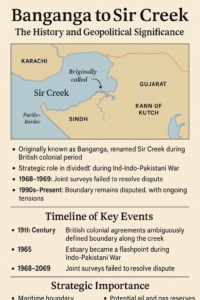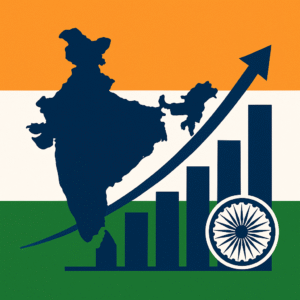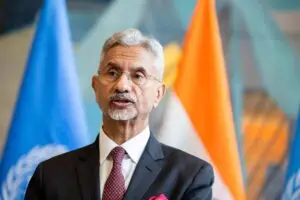For everyone interested in geopolitics, especially the dynamic between China and India, recent developments have been closely watched. The world’s eyes, particularly Western media, were glued to Prime Minister Narendra Modi’s visit to China on 31st August 2025.
This visit comes at a crucial time when global power dynamics are rapidly shifting, and India’s role in the emerging multipolar world is becoming increasingly significant.
Western Media’s Focus on Modi’s China Visit
PM Modi’s visit drew attention not just in Asia but globally. The Western media closely monitored the visit, analyzing every interaction and gesture. The extended 30-minute duration of the bilateral talks caught particular attention, signaling that the discussions were more substantial and in-depth than initially expected. In the realm of geopolitics, even such minor extensions carry symbolic weight, reflecting the seriousness of both nations in resolving lingering issues.
Revisiting Trade Policies and Their Global Impact
To understand the broader context, one must also consider how trade policies have influenced geopolitics. Take, for example, Trump’s tariffs on Chinese goods. The objective was partly to drive a wedge between countries like Russia and India by controlling energy trade flows.
However, the result was contrary to the intended outcome. India continued buying Russian oil, despite official statements clarifying that India was not the largest buyer. Meanwhile, concerns about global inflation and energy security influenced India’s decision-making, demonstrating that geopolitical strategies often have unintended consequences.
The Modi Message – Friendship vs Good Neighborliness
During the visit, PM Modi emphasized that “being friends is not necessary, but being a great neighbour is essential.” This statement highlights a pragmatic approach to diplomacy—one that prioritizes stability, cooperation, and regional balance over emotional alliances.
The symbolic imagery of the “Dragon and the Elephant” coming together underscores a larger vision – that China and India, as two major Asian powers, have a responsibility to safeguard regional stability and resist external pressures from Western powers
Historical Context – Galwan Valley and Its Aftermath
India-China relations were strained following the Galwan Valley incident, which left scars on bilateral trust. Since then, both nations have been working to de-escalate tensions and rebuild channels of communication. While the process is gradual, PM Modi’s visit signifies a renewed commitment to dialogue.
The Core Challenge – Undefined Borders
One of the most critical issues between India and China is the absence of a clearly demarcated border. This has been a source of tension for decades. Resolving this requires not only diplomatic negotiations but also mutual trust and willingness to compromise.
India seeks a permanent and clearly defined solution, while China prefers managing border issues through ongoing diplomatic engagement. Achieving a lasting resolution is challenging but necessary for long-term stability.
Recent Developments and Symbolic Steps
There have been positive developments post-visit. Flights between the two nations have resumed, facilitating smoother travel and economic exchange.
Additionally, the Kailash Manasarovar Yatra has restarted, symbolizing cultural and religious connectivity alongside diplomatic progress. Such steps indicate that both nations are cautiously moving toward improved relations.
Looking Ahead – Strategic Implications
This visit is likely to have broader implications for India’s geopolitical positioning. India’s relationships with China and Russia, coupled with trade policies and global alliances, will shape its strategic choices in the coming years.
The world will be watching closely to see how these dynamics evolve, particularly in light of rising tensions in other regions and the growing influence of Western powers.
Conclusion – A Turning Point in Asian Geopolitics
PM Modi’s visit to China is more than just a diplomatic exercise—it is a reflection of India’s evolving foreign policy strategy. By prioritizing neighborly cooperation over rigid alliances, India is signaling its intent to play a constructive role in regional stability.
The ongoing dialogue, border negotiations, and cultural exchanges all point toward a cautious but hopeful path forward. For anyone invested in geopolitics, this visit provides key insights into the strategic calculations of two of Asia’s largest powers.
Stay tuned for further updates as India-China relations continue to unfold, and as the geopolitical landscape in Asia becomes increasingly critical for global stability.

